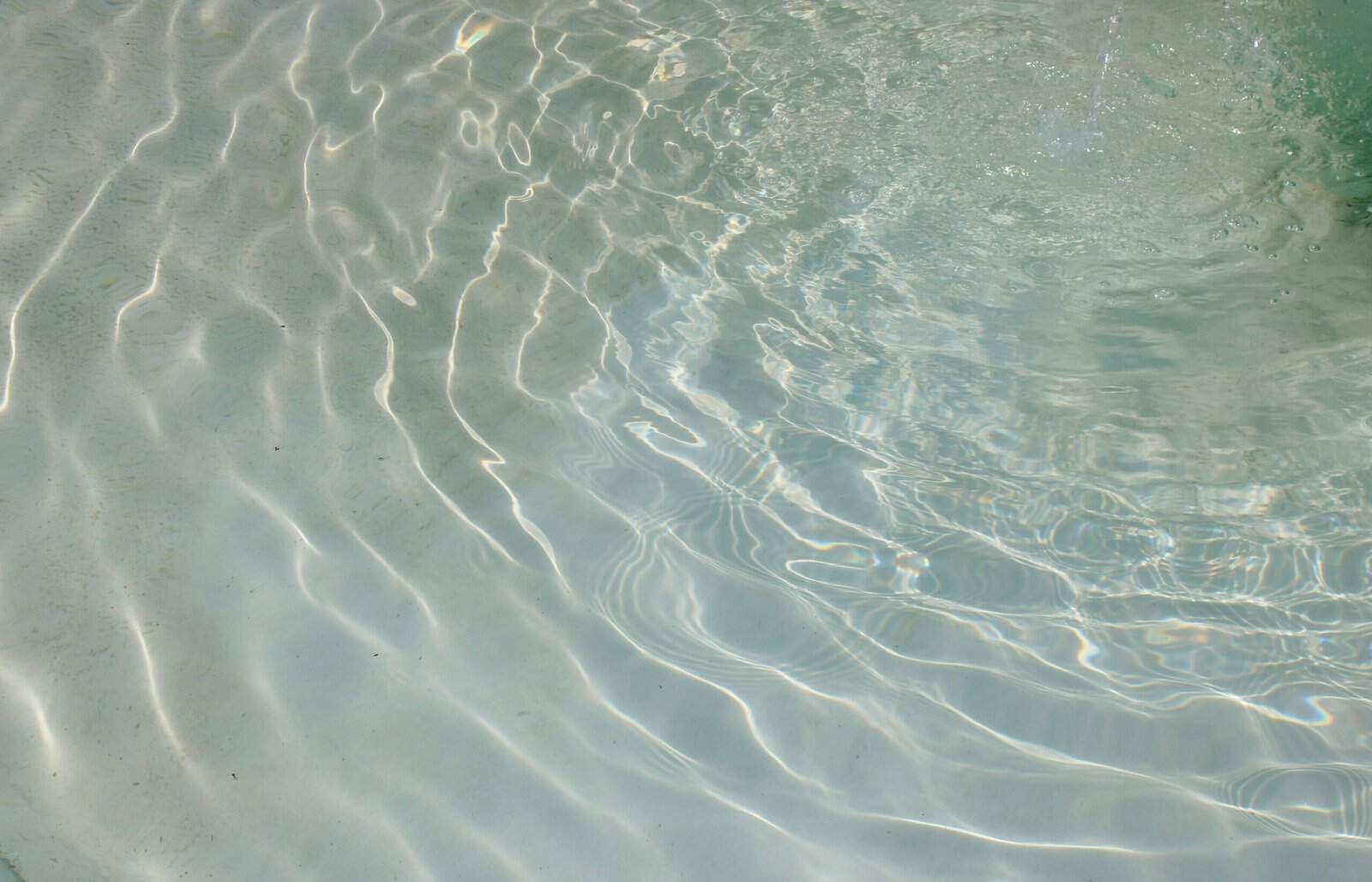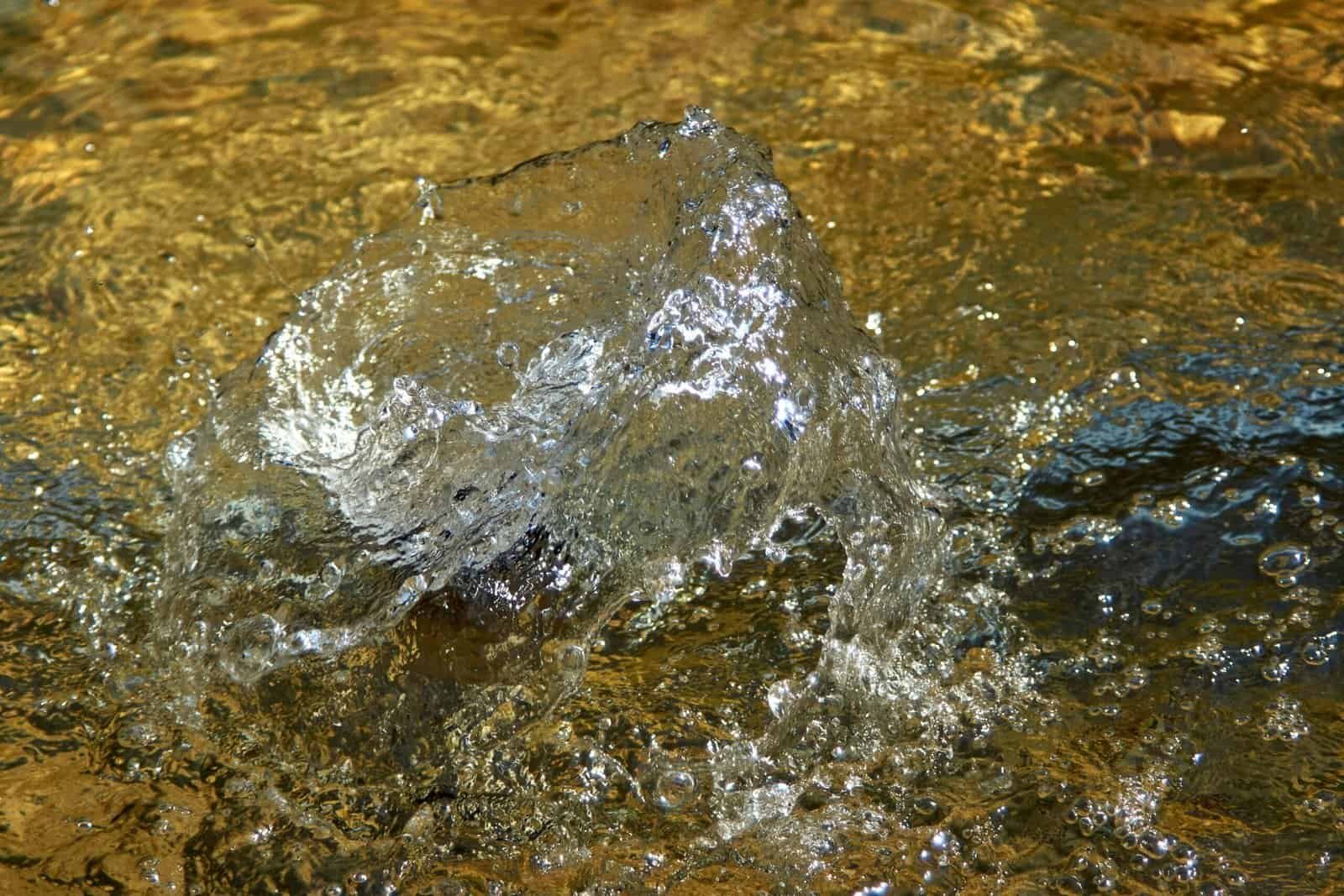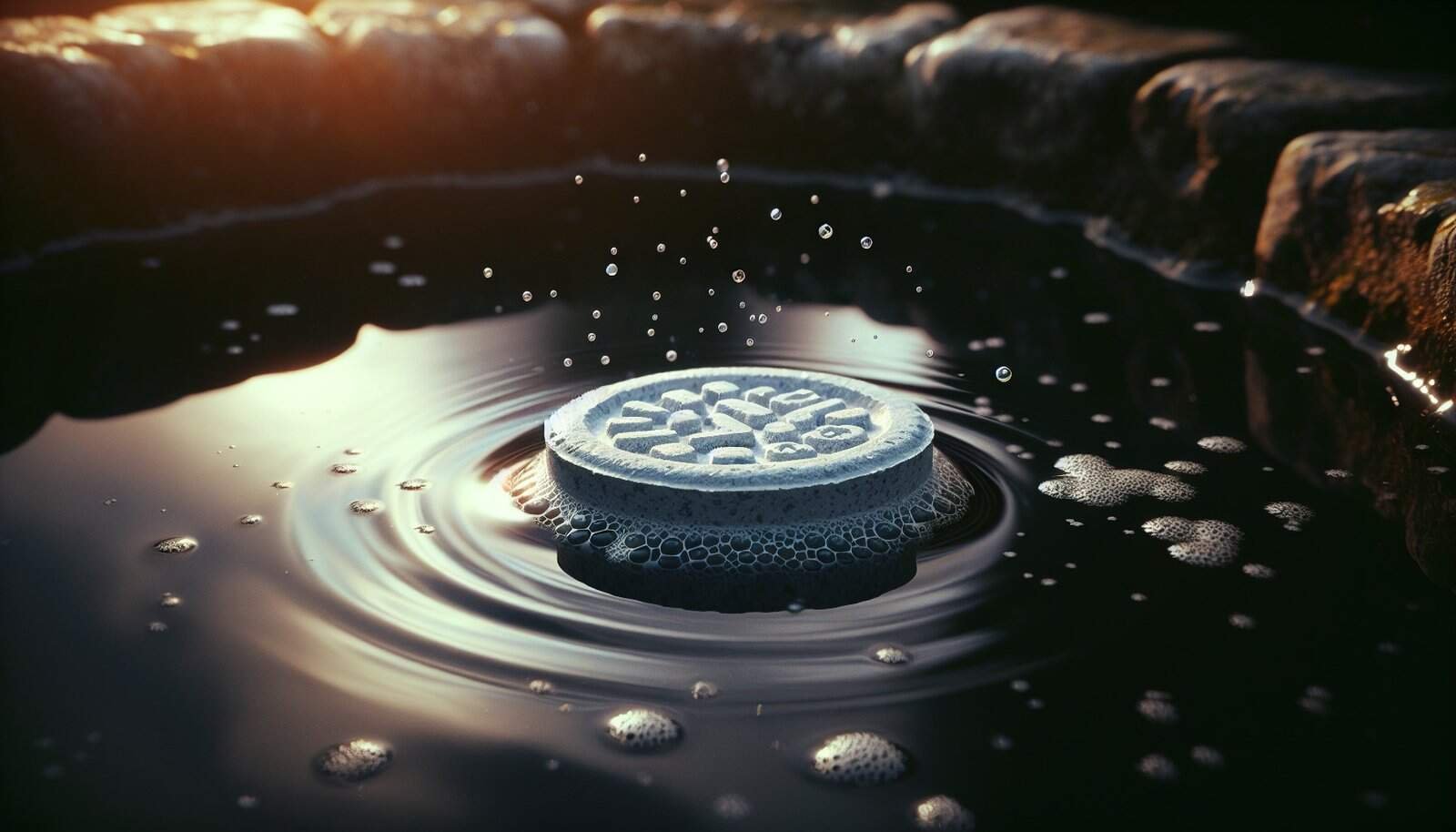Are you worried that your well water might be biologically contaminated and want to know the safest way to disinfect it?
What’s The Safest Way To Disinfect A Contaminated Well?
This article explains safe, step-by-step approaches to disinfecting a contaminated well so you can protect your family’s health and your water system. You’ll find practical instructions for shock chlorination, alternative treatment options, testing recommendations, and prevention practices to reduce the chance of recurrence.
Why proper disinfection matters
When germs get into a well, they can cause acute illnesses and chronic problems if not treated correctly. You need a method that reliably kills bacteria, viruses, and most pathogenic microbes while protecting your plumbing, septic system, and the environment.

Signs of Biological Contamination in Well Water
Recognizing signs of contamination quickly helps you respond effectively and limits exposure. Below are common indicators that you may have biological contamination and what they often mean.
Visual and sensory signs
Discolored water, a cloudy appearance, or unusual odors—especially rotten egg (sulfur) or musty smells—can point to microbial activity or chemical changes. If your water suddenly tastes different, has an oily sheen, or shows floating particles, you should treat it as suspect until laboratory tests say otherwise.
Health-related signs
If you, other household members, or pets experience stomach cramps, diarrhea, vomiting, or fever after using the well water, these can be symptoms of waterborne infections. Illness following well use is a strong signal to stop direct consumption and get the water tested immediately.
Laboratory indicators
A lab test that shows total coliforms or E. coli means there is biological contamination. Total coliforms are a general indicator of contamination pathways; E. coli presence indicates fecal contamination and a higher health risk. Quantitative counts and species identification give you the right information to choose an appropriate treatment.
Other system clues
Frequent pump problems, unexpectedly rapid pump cycling, or biofilm buildup on fixtures and screens may point to iron or sulfur bacteria colonization. If you notice staining on laundry or plumbing fixtures, that could also be related to bacteria that oxidize iron or manganese.
Immediate Actions if You Suspect Contamination
Acting quickly can reduce health risk and prevent further spread of contamination. Your first steps should be safety-focused and practical.
- Stop using the water for drinking, cooking, or oral hygiene until tests confirm safety. You can use bottled water or boil water for at least one minute (longer at high altitude) for essential consumption.
- Contact your local health department or certified water testing lab to arrange bacteriological testing (total coliform and E. coli) and ask what specific samples they need. They can also advise on urgency and follow-up.
- Check the wellhead, cap, and any visible plumbing for cracks, holes, or poor seals that could allow surface runoff or animal intrusion. Document any obvious issues with photos and notes for a contractor or health official.

How Shock Chlorination Works and When To Use It
Shock chlorination (also called disinfection or chlorination) uses a strong dose of chlorine to inactivate bacteria, viruses, and many other microbes inside the well and the connected plumbing. It is most effective for biological contamination that originates from surface infiltration, animal waste, or after well maintenance and repairs.
When shock chlorination is appropriate
You should use shock chlorination if your test shows total coliforms or E. coli, after pipe repairs, after flooding, or if you see evidence of septic system failure near the well. It is also appropriate if you detect iron or sulfur bacteria, although repeated treatment or mechanical cleaning may be needed for those.
When shock chlorination is not enough
If contamination comes from a cracked well casing, damaged sanitary seal, or a contaminated aquifer, shock chlorination will not fix the underlying problem. You will need a licensed well contractor or geologist to assess and repair structural defects, and you may need long-term treatment or a new source.
Choosing the Right Chlorine Product
Select a chlorine product that will disinfect effectively without adding unwanted stabilizers or chemicals to your well.
- Use ordinary unscented household bleach (sodium hypochlorite) with a known percent concentration (commonly 5–6% for household brands). Make sure the label says plain bleach only—no fragrances, no additives, no dyes.
- Do not use pool products that contain cyanuric acid (stabilized chlorine), trichlor or dichlor tablets, or products labeled “for pools/spas” that may have additives harmful to your plumbing or that reduce effectiveness.
- Some contractors use calcium hypochlorite (granular pool shock) that is labeled for shock chlorination; only use it if it is unstabilized and you understand how to handle and dissolve it safely.

Calculating Well Volume and Chlorine Dosage
Before you add chlorine, you must estimate the volume of water to be treated and decide on a target free chlorine concentration. A common target for shock chlorination is 50–200 parts per million (ppm) of free chlorine in the water column. Regulatory guidance often recommends a minimum of 50 ppm, with 100–200 ppm used for more severe contamination or stubborn biofilms.
Estimating water volume in the well casing
You need the depth of water in the casing (feet) and the internal diameter of the casing. Use the table below for approximate gallons per foot of depth, based on casing diameter.
| Casing diameter | Gallons per foot (approx.) |
|---|---|
| 4 inches | 0.65 |
| 5 inches | 1.02 |
| 6 inches | 1.47 |
| 8 inches | 2.61 |
Calculate: Well water volume (gallons) = feet of water in casing × gallons per foot (from table).
Also include water in your plumbing that will be chlorinated:
| Pipe size (nominal) | Gallons per foot (approx.) |
|---|---|
| 1/2 inch | 0.011 |
| 3/4 inch | 0.027 |
| 1 inch | 0.051 |
Estimate the length of pipe from well to highest faucet and add that volume to the well volume.
How much household bleach to use
You can calculate required household bleach (5.25% sodium hypochlorite) with a simple formula:
- Required bleach (mL) = (Desired ppm × Volume in liters) / 52.5
Note: This formula uses 5.25% bleach and gives a reasonable estimate for achieving the desired ppm of free chlorine. For example, to reach 50 ppm in 100 gallons of water:
- 100 gallons ≈ 378.5 liters
- Required bleach (mL) = (50 × 378.5) / 52.5 ≈ 360 mL (about 12.2 fl oz)
If you want 200 ppm, multiply the amount by 4. Always round up slightly to ensure adequate disinfection.
Example calculation
Suppose your well casing has 60 feet of water in a 6-inch casing:
- Gallons per foot for 6-inch = 1.47
- Volume = 60 × 1.47 = 88.2 gallons (well)
- Add plumbing volume (estimate 20 gallons) → total ≈ 108.2 gallons
- Convert to liters: 108.2 × 3.785 = 409.6 L
- For 50 ppm: bleach (mL) = (50 × 409.6) / 52.5 ≈ 390 mL ≈ 13.2 fl oz
- For 200 ppm: multiply → ≈ 52.8 fl oz (about 1.56 liters)
If your household bleach has a different strength, adjust proportionally or consult the manufacturer.
Materials and safety gear you will need
Safety is essential when handling concentrated chlorine. Make sure you have suitable materials and personal protective equipment before starting.
- Unscented household bleach (calculate total volume needed and add some reserve).
- Clean water for dilution if needed, a plastic bucket for mixing, and non-metallic stirring tools.
- Protective gloves (chemical-resistant), safety goggles, long sleeves, and a splash apron if available.
- A plastic funnel and measuring containers marked in mL or fluid ounces.
- A test kit for chlorine residual (DPD test strips or meter) and a bacteriological test kit or contact with a certified lab.
- Good ventilation and someone nearby to assist in case of accident.
Do not mix chlorine with acids, ammonia, or other household cleaners. Chlorine gas can form and cause severe harm.

Step-by-Step Shock Chlorination Procedure
Follow these steps closely and maintain a safe environment during the process. This procedure is a typical method but always follow local health department instructions and product labels.
Prepare and calculate: Determine the total water volume to be treated and calculate the required quantity of bleach for your target chlorine ppm. Put on protective gear and keep children and pets away from the well area.
Remove well cap and inspect: Remove the well cap carefully and inspect the wellhead and seal. If structural integrity is compromised, stop and call a licensed well contractor.
Mix bleach solution: If adding the bleach directly is allowed by local guidance, pour the measured bleach into the well. Alternatively, dilute the bleach in a bucket of clean water and pour it slowly into the well to aid dispersion.
Distribute chlorine through plumbing: Turn on every cold-water tap in the house (including outside faucets) one at a time until you smell chlorine at the tap. This brings the chlorine into the distribution system and ensures the plumbing is chlorinated as well.
Circulate chlorine: Run hot water briefly to ensure heater tank gets treated (if your heater is connected, you may need to raise temperature afterward). Flush toilets once to ensure toilet tanks receive chlorinated water. Re-secure the well cap.
Contact time: Let the chlorine stand in the well and plumbing for at least 12–24 hours. Some guidance suggests up to 24 hours for more severe contamination. Do not use the chlorinated water for drinking, cooking, or bathing during this time.
Flush and neutralize: After contact time, open faucets and flush until the smell of chlorine is gone and test readings show residual chlorine near background levels (often <0.5 ppm). if you need to discharge high-chlorine water a septic system or environment with sensitive plants aquatic life, neutralize the sodium thiosulfate following guidance from your health department avoid harming microbes environment.< />>
Test the water: After flushing and waiting 24–48 hours, collect samples for microbiological testing (total coliform and E. coli) as recommended by the lab or health department. If tests are negative, the water is typically safe to use. If positive results persist, repeat disinfection or consult a professional.
Measuring and interpreting chlorine residuals
You should measure free chlorine residuals both during and after treatment to ensure adequate contact and safe flushing.
- During shock chlorination, you want a free chlorine concentration in the well and plumbing in the 50–200 ppm range for effective disinfection.
- After flushing, free chlorine should be below recreational or drinking standards (often <0.5 mg />) before you resume normal use.
- Use DPD test strips or a photo/colorimeter for more accurate readings. Strip kits give a quick sense; meters give precise results.

After the treatment: retesting and follow-up
Even if you see immediate improvement, you must confirm success with laboratory testing.
- Collect a bacteriological sample for total coliforms and E. coli at least 24–48 hours after flushing and allow the lab time to analyze. Follow their sampling instructions closely to avoid contamination.
- If the sample is negative, repeat testing in 1–3 months for reassurance, then follow recommended routine testing intervals.
- If samples remain positive, repeat shock chlorination, check for structural defects, and consider mechanical well cleaning or continuous disinfection.
Alternative Disinfection and Treatment Methods
In some situations, alternatives or complementary treatments may be necessary or more appropriate.
Ultraviolet (UV) disinfection
UV systems provide point-of-entry protection by inactivating bacteria and viruses that pass through the unit. You must install a properly sized UV system and maintain it (lamp replacement and prefiltration) to ensure ongoing protection. UV does not remove chemical contaminants or turbidity and does not provide residual disinfectant in the distribution system.
Continuous chlorination and injection systems
If contamination is recurring or source control is not possible, continuous chlorination (metered dosing) can maintain a low-level residual. These systems require maintenance, monitoring of residuals, and careful consideration of discharge impacts on septic systems and the environment.
Ozone, hydrogen peroxide, and other oxidants
These can be effective for certain contaminants and for reducing odors or organics. They are typically used by professionals and require specialized equipment and controls. Ozone does not provide residual disinfectant.
Mechanical cleaning and shock repeats
If iron/sulfur bacteria or biofilms persist, physical removal of well screens, pump, or tubing and scrubbing may be necessary. Shock chlorination may need repetition after mechanical cleaning.
When To Call a Professional
Some problems require licensed contractors, hydrogeologists, or public health officials.
- If you find structural damage to the well casing, cap, or sanitary seal.
- If contamination persists after two disinfecting attempts or results indicate a systemic source (septic failure, surface runoff to borehole, or aquifer contamination).
- If you’re uncomfortable doing the calculations, handling chemicals, or performing wellhead work.
- If your well is a large-diameter dug well, old stone-lined well, or shallow well that needs specialized treatment.
Preventing Future Well Contamination
Once the well is disinfected and safe, take steps to reduce the chance of recontamination.
- Maintain a watertight cap and sanitary seal, and ensure the well casing extends above grade with proper drainage away from the wellhead. Keep fertilizers, pesticides, fuel, and livestock at a safe distance from the well.
- Avoid direct surface runoff into the well area. Regrade soil to direct water away and maintain a gravel pad around the casing if recommended.
- Test your water annually for bacteria and at least every 2–3 years for nitrates, arsenic, and other local contaminants. Test more frequently if conditions change (nearby construction, flooding, or septic repairs).
- Shock chlorinate after any well repair, pump replacement, or if you suspect contamination following heavy rains or floods.
Special Situations: Flooded Wells and Septic Concerns
If your wellhead has been flooded or submerged, the risk of bacterial contamination is high and immediate action is needed. Boil water for drinking and contact local health authorities. After floods, disinfect the well as described and consider extensive evaluation for structural damage. Be careful when discharging chlorinated water into a septic system; excessive chlorine can harm septic microbes. Neutralize high-chlorine water or pump it to a safe municipal sewer or appropriate disposal point if advised.
Safe Handling and Disposal of Chlorinated Water
Chlorinated water at shock levels can harm plants, fish, and septic systems if discharged improperly. Neutralize large volumes of highly chlorinated water (e.g., >10 ppm) using a reducing agent such as sodium thiosulfate or allow dilution and aeration before discharging. If in doubt, check with your local water or environmental authorities for approved disposal methods.
Recommended Monitoring and Testing Schedule
Keeping a routine testing and maintenance schedule helps you catch problems early.
- Bacteriological testing (total coliform and E. coli): at least annually, and any time you suspect contamination.
- Nitrate testing: every year if you have young children or livestock, or when land use changes nearby.
- Other tests (arsenic, lead, iron, manganese): every 2–3 years or based on local geology and prior results.
- Shock-chlorinate after repairs, flooding events, or any time the wellhead has been compromised.
Troubleshooting Common Problems
If chlorination doesn’t yield safe results, consider these possibilities.
- Residual contamination due to biofilm or iron/sulfur bacteria may require mechanical cleaning or multiple chlorination cycles. Biofilms can shield microbes from disinfectants.
- Structural entry points such as cracked casing, poor seals, or old wells allow ongoing contamination. A permanent fix is needed rather than repeat chlorination.
- If you used stabilized chlorine or pool chemicals with cyanuric acid, the disinfectant might be ineffective; do not use those products again and consult a professional.
- If water tests show chemical contaminants, chlorination won’t help and you may need filtration, reverse osmosis, or alternative source water.
Practical Checklist Before You Start
A quick checklist helps you prepare correctly.
- Confirm test results and target chlorine concentration with your local health department.
- Calculate water volume and chlorine dosage accurately.
- Gather unscented household bleach and safety gear.
- Ensure someone knows you’re working on the well and can assist if needed.
- Arrange for bacteriological tests after the disinfection and flushing.
Frequently Asked Questions
Answering a few common concerns to help you feel more confident about the process.
- How long should chlorine remain in the well? Let it stand 12–24 hours; longer contact times (up to 24 hours) improve effectiveness for heavy contamination.
- Can I use scented or color-safe bleach? No—use plain, unscented household bleach without additives.
- What if my well is shallow or a dug well? These often require more comprehensive evaluation and may be more prone to recontamination. Consult a professional and consider a repeat treatment or structural repairs.
Final thoughts and next steps
If you suspect biological contamination in your well, act quickly to protect your health and that of your household. Start by stopping use for drinking, get a lab test, and consider shock chlorination as a reliable first-line treatment for microbial contamination. If problems persist, call a licensed well contractor or your local health department to diagnose structural issues or aquifer contamination. With careful calculation, proper safety, and follow-up testing, you’ll restore safe water to your home and reduce future risks.
